|
10th March 2020 Tuesday is here and we're at 'The Sovereigns in Woking with the Gaming Club. The first game of the evening was 'Quacks of Quedlinburg'. Quacks of QuedlinBurg is not a game about ducks as I thought when I first heard the name. It's actually a push your luck game about disreputable, dangerous, deplorable and downright dishonest doctors. Actually YOU play the quacks in question trying to create the most amazing and wondrous potions. Amazing and wondrous that is, until they blow up in your face. What's in a game? Quacks of Quedlinburg has quite a few components, there is a game board and personal game boards. There are also tokens - and lots of them too, as they are the most important component of the game.
That the player boards look like pots, flask tiles look like potion bottles and ingredient tiles look like ingredient books shows that some thought, effort and care has been put into the their design. How's it play? Setup.
Quacks of Quedlinburg is played over 9 rounds and something new or different is introduced over several of the rounds.
When players are drawing ingredients from their bag. They can use their flask to return the token to the bag - provided they had not gone bust because of the token. Endgame Play continues normally until the start of the 9th round. The final round is a little different. When drawing a token from their bags, each player keeps the token in a closed hand and every player opens their hand at the same time. When a player wants to stop drawing tokens they simply keep their empty hand closed until it's time to reveal it. After that they drop out of further rounds of drawing ingredients. The phases for spending coins on ingredients and rubies on the droplet/flask are ignored because they are pointless at the end of the game. Instead; every 5 coins and/or 2 rubies will earn the player a victory point. After this, victory points are tallied, highest score wins. Overall
Quacks of Quedlinburg is a fairly easy game to learn and easy to play. It moves along briskly too as there's very little downtime and it doesn't outstay its welcome as it's finished after 9 rounds. When I played it, it felt like a lot was occurring in a short game time. Pulling ingredients out a bag to put into a pot is a brilliant use of the 'push your luck' mechanic. It fits the game perfectly and surprisingly makes it a lot of fun. Additionally; unlike most 'push your luck' games, going bust does not totally kill a player's turn, they still reap some of rewards of their potion making and they can still carry out most of the other actions. The engine building mechanic works well too, as players introduce tokens into their bags, it makes going bust a little harder, giving players longer more productive turns. Combined, the 2 game mechanics always gives the player meaningful and interesting decisions to make, when to and when not to push your luck? What ingredients to buy? And so on. I liked it and will definitely play it again.
0 Comments
Leave a Reply. |
AuthorI play, I paint. Archives
March 2024
Categories
All
|

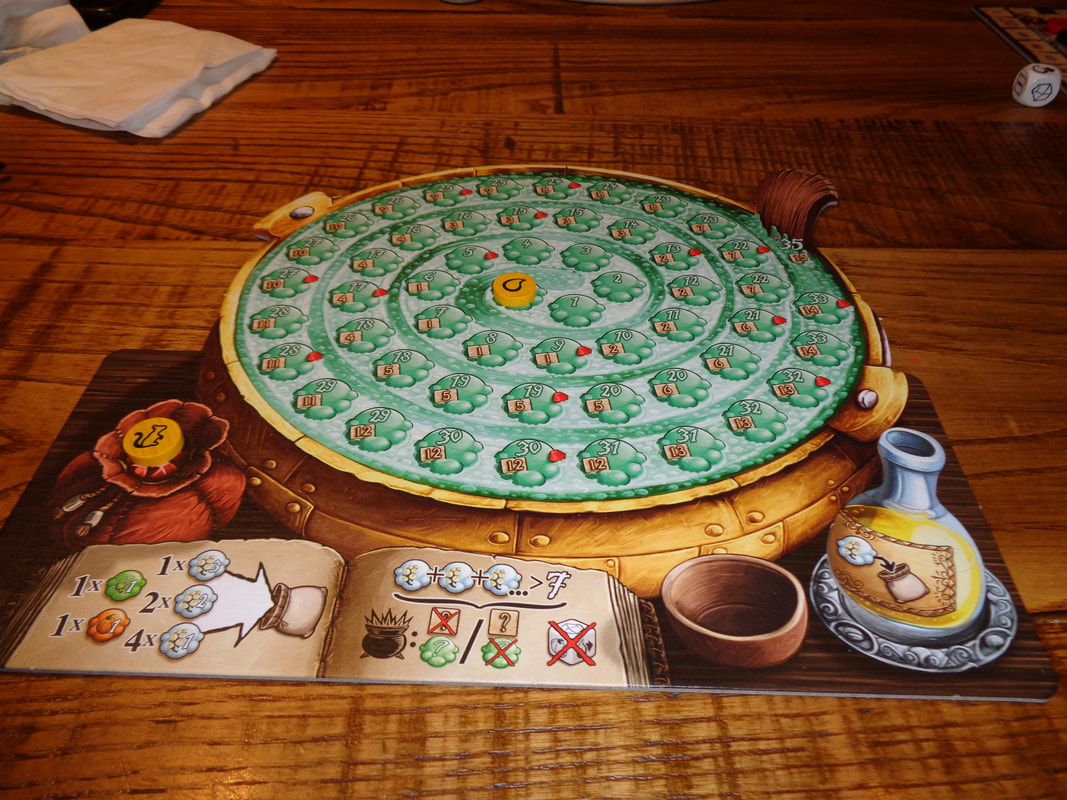
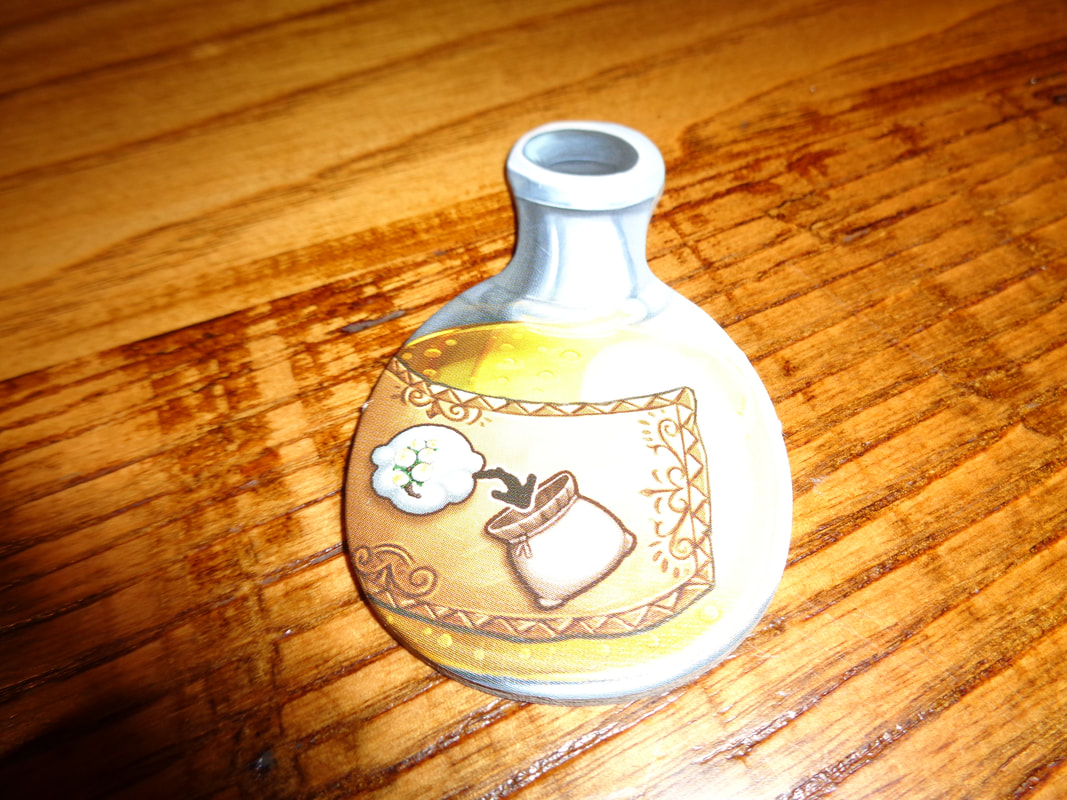
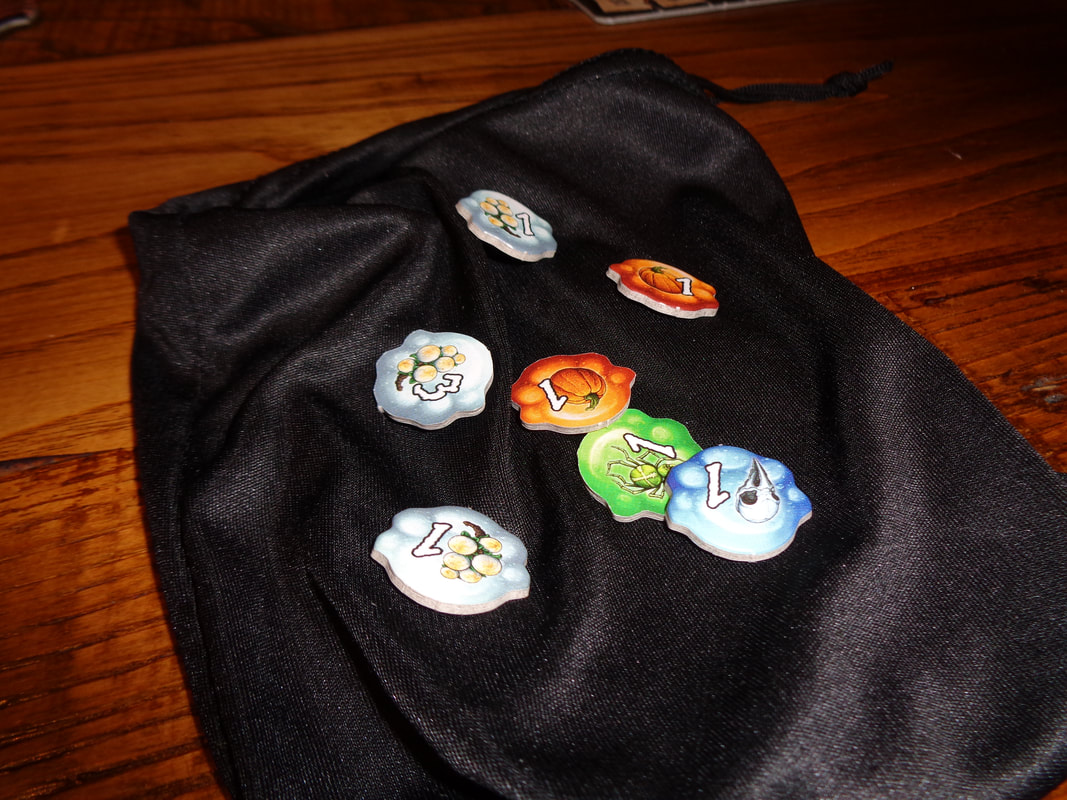
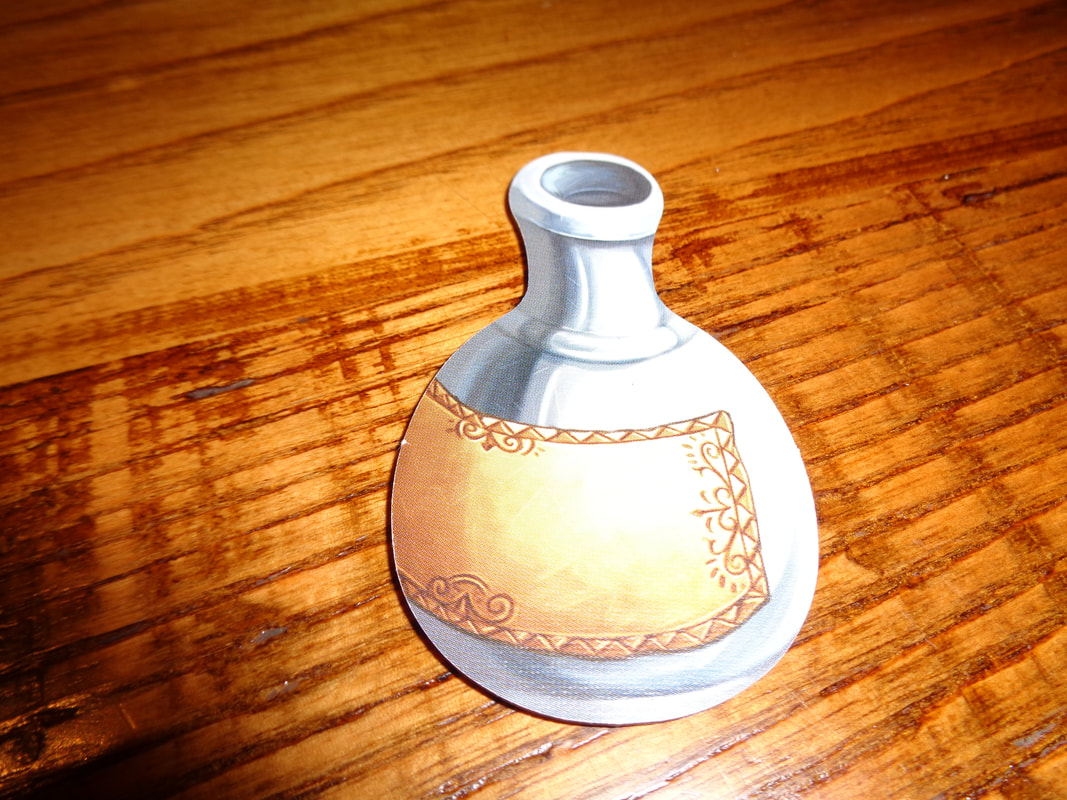
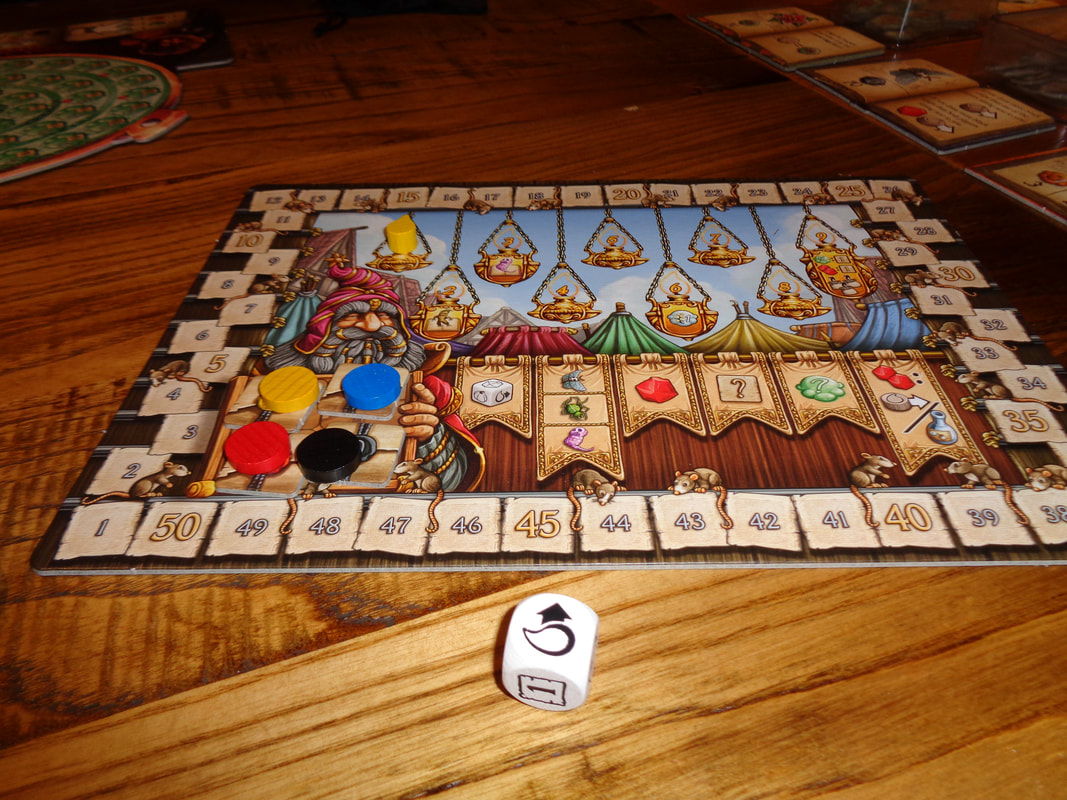
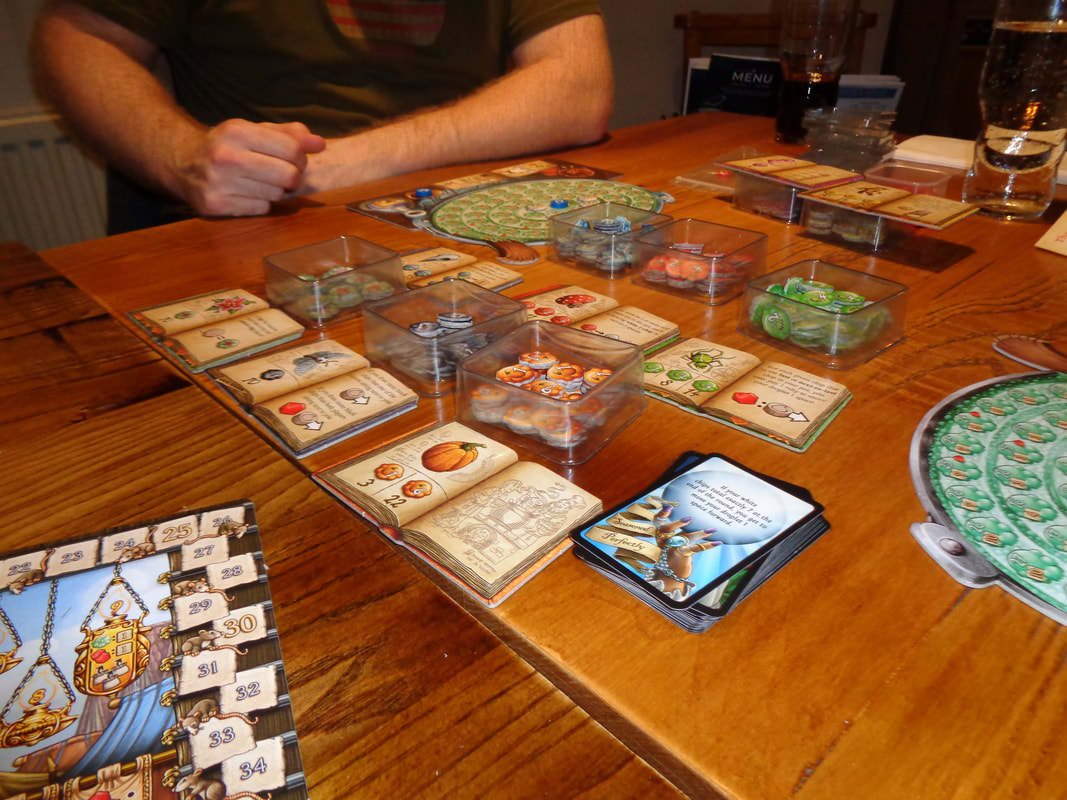
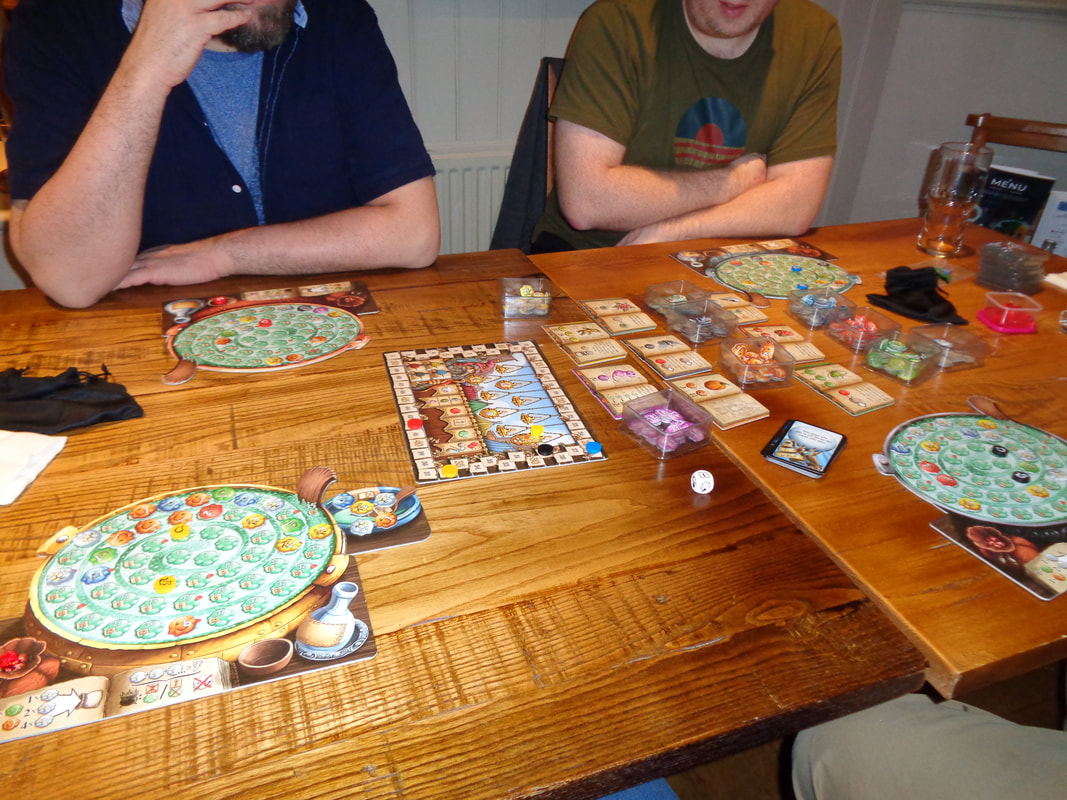
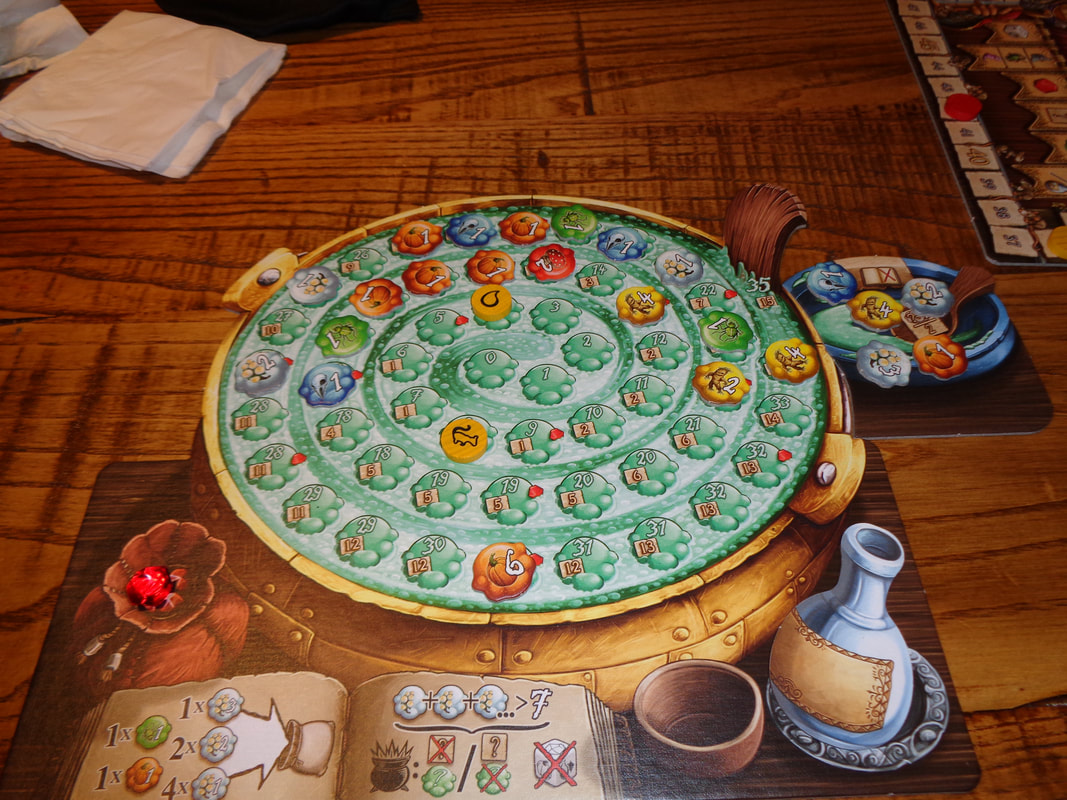
 RSS Feed
RSS Feed
